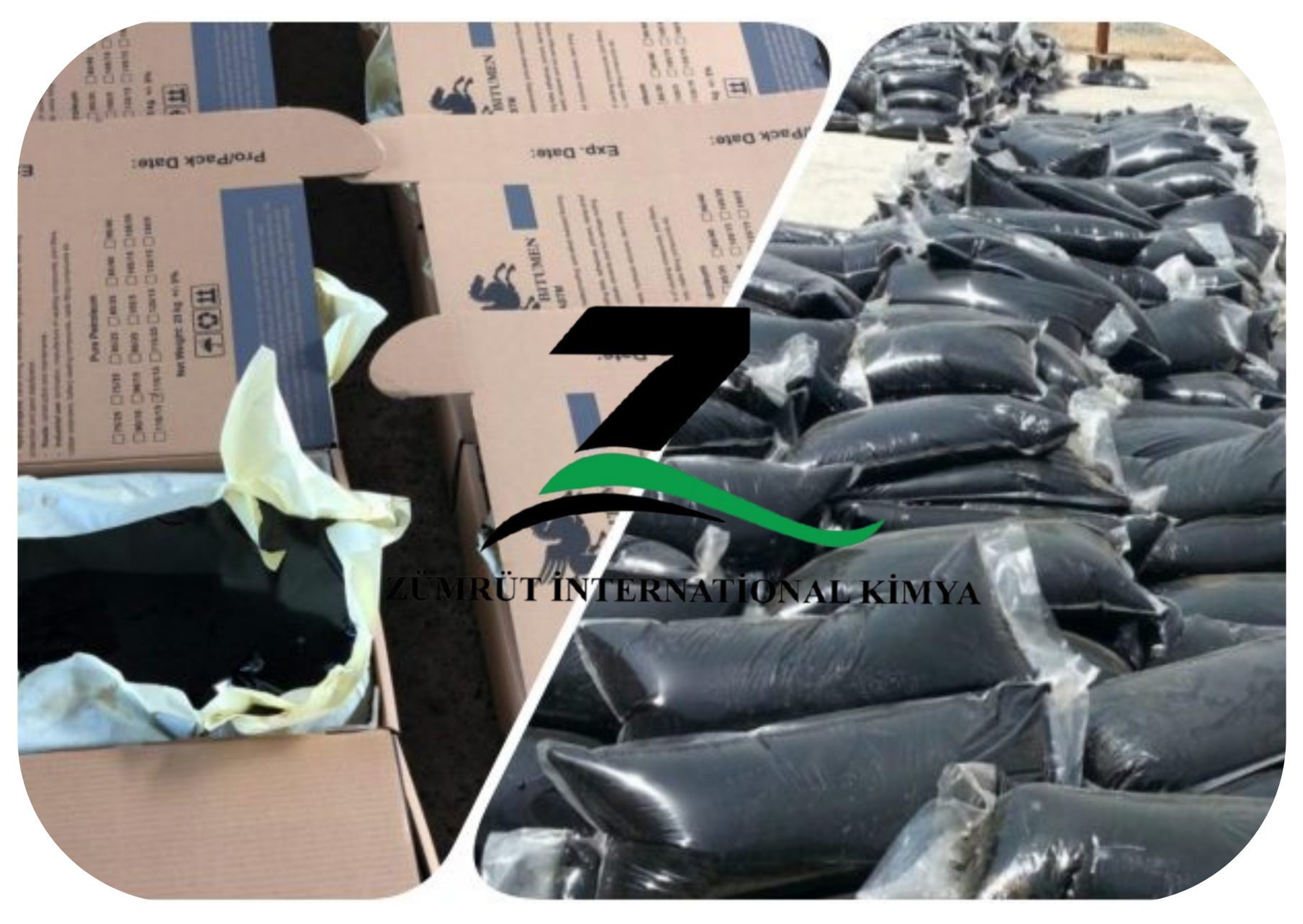
Oxidized bitumen 115/15 and oxidized bitumen 85/25 are both types of oxidized bitumen that are used in different industries, but they have many differences in their characteristics and applications.
Softening point and penetration rate
In other words, some of the main differences between these two types of oxidized bitumen are in their softening points and rates of penetration, which have huge consequences in their performances for different purposes. Generally speaking, oxidized bitumen 115/15 is harder with a softening point of 115°C and a rate of penetration of 15/10 mm, deforming less. Due to this characteristic, 115/15 bitumen is suitable for high-temperature applications and those situations that require thermal stability and resistance against extreme fluctuations in temperature. Its strong structure makes it resistant to harsh conditions; thus, it is highly suitable for industrial and construction projects that require durability and long-lasting performance.
On the other hand, Oxidized Bitumen 85/25 has a softening point at 85°C and a penetration rate of 25/10 mm. It is more flexible and able to bear the weather at medium temperatures. This feature makes bitumen 85/25 perform better in projects that require greater flexibility and the ability to adapt to varying temperature changes. The flexibility of 85/25-bitumen is quite valuable in various projects which require materials that may extend or compress under conditions of variable temperature and pressure, whether for roofing or road pavement uses. Their resistance to structural cracks or softening by fluctuating temperature guarantees effectiveness in those environments.
Operating temperature
In terms of performance temperature, bitumen 115/15 performs better at high temperatures due to its higher softening point, and for this reason, for applications such as industrial coatings, road construction, and some construction projects that are exposed to direct heat or hot weather conditions. It is suitable. Bitumen 85/25 with a lower softening point and greater flexibility performs better in situations where there is a need for greater flexibility and resistance to temperature changes.
Therefore, this type of bitumen is more useful in projects that require greater adhesion and flexibility against movement and seasonal changes, such as sealants, pipe coatings, and asphalt coatings in moderate temperatures or colder areas.
Flexibility
In terms of flexibility, 85/25 bitumen is more flexible than 15/115 bitumen due to its higher penetration and lower softening point, and it can better withstand mechanical stress and lower temperature. This feature makes 85/25 bitumen more suitable for projects that require flexibility and adaptation to changing conditions.
Conclusion
In general, bitumen 115/15 is more known as bitumen with excellent performance at high temperatures and requires hardness and resistance to extreme temperature changes, while bitumen 85/25 is more flexible in moderate temperature conditions and areas with More temperature changes and the need for better adhesion are used. Finally, the choice of bitumen type depends on the environmental conditions and the specific needs of the project.
At ZUMRUT KIMYA, our goal is to help you make the best choice in buying oxidized bitumen. For this purpose, we have made a detailed comparison between oxidized bitumen 115/15 and oxidized bitumen 85/25 so that you can more easily find the right grade for your needs. At ZUMRUT KIMYA, our effort is to provide you with a comfortable and successful shopping experience by providing expert advice and comprehensive information. If you have any questions, you can ask our sales team.

